American Primitive Guitar
Details
Description
SKU: MB.99802BCD
Composed by John Fahey. Saddle-stitched, Style, Contemporary, Solos, Blues, American Music. Grossman Audio. American. Book/3-CD set. 56 pages. Grossman's Guitar Workshop #99802BCD. Published by Grossman's Guitar Workshop (MB.99802BCD).ISBN 9780786662081. UPC: 796279079839. 8.75 x 11.75 inches.
In this series for the intermediate guitarist, John Fahey teaches a wide variety of instrumental solos. Critics have called John's style American Primitive Guitar. The book includes tablature and notation with three compact discs featuring note-by-note, phrase-by-phrase instruction. LESSON ONE: A general discussion of pattern picking and the use of the alternate bass. In Christ There Is No East Or West, Take A Look At That Baby and Some Summer Day. LESSON TWO: One of John's most requested multi-sectioned composition is Indian Pacific Railroad Blues, also known as Beverley. This tune demonstrates how John composes in the fingerpicking idiom. Also taught is another very requested and imitated instrumental, John's The Last Steam Engine Train. LESSON THREE: When The Springtime Comes Again and The Approaching Of The Disco Void. A discussion of improvisational ideas in relationship to fingerstyle compositions concludes this lesson.
Song List (99)
- BOOK CONTENTS:
- Blood On The Tracks by Edwin Pouncey
- Explanation of the Tab System
- In Christ There Is No East Or West
- Take a Look at That Baby
- Some Summer Day
- Indian Pacific Railroad Blues
- The Last Steam Engine Train
- When The Springtime Comes Again
- The Approaching Of The Disco Void
- CD Track Listings
- LESSON ONE
- Track 1: Introduction and discussion on fingerpicks
- Track 2: Performance of In Christ There Is No East or West played slowly
- Track 3: Performance of In Christ There Is No East or West played fast
- Track 4: Introduction to In Christ There Is No East or West
- Track 5: Tuning
- Track 6: Teaching of first eight bars of In Christ There Is No East or West
- Track 7: Plays slowly first eight bars of In Christ There Is No East or West
- Track 8: Plays slowly from end of eighth bar to end of In Christ There Is No East or West
- Track 9: Plays slowly complete arrangement of In Christ There Is No East or West
- Track 10: Plays at medium tempo complete arrangement of In Christ There Is No East or West
- Track 11: Plays up tempo complete arrangement of In Christ There Is No East or West
- Track 12: Discussion of alternating bass and pattern picking
- Track 13: Performance of Take A Look At That Baby
- Track 14: Tuning
- Track 15: Teaching of Take A Look At That Baby
- Track 17: Closing thoughts on Take A Look At That Baby
- Track 18: Performance of Some Summer Day
- Track 19: Tuning
- Track 20: Teaching of first eight bars of first section of Some Summer Day
- Track 21: Plays slowly first eight bars of first section of Some Summer Day
- Track 22: Teaching from ninth bar to end of first section of first eight bars of first section of Some Summer Day
- Track 23: Plays slowly first section of Some Summer Day
- Track 24: Teaching of first eight bars of second section of Some Summer Day
- Track 25: Plays slowly first eight bars of second section of Some Summer Day
- Track 26: Plays first eight bars of second section again of Some Summer Day
- Track 27: Teaching from ninth bar to end of second section again of Some Summer Day
- Track 28: Plays slowly second section of Some Summer Day
- Track 29: Teaching of Coda and closing thoughts on Some Summer Day
- LESSON TWO
- Track 1: Introduction to Indian Pacific Railroad Blues
- Track 2: Performance of Indian Pacific Railroad Blues
- Track 3: Tuning
- Track 4: Teaching of first four bars of first section of Indian Pacific Railroad Blues
- Track 5: Plays slowly first six bars of first section of Indian Pacific Railroad Blues
- Track 6: Teaching of seventh and eighth bars of first section of Indian Pacific Railroad Blues
- Track 7: Plays slowly first eight bars of first section of Indian Pacific Railroad Blues
- Track 8: Teaching of ninth bar to end of first section of Indian Pacific Railroad Blues
- Track 9: Teaching of second section of Indian Pacific Railroad Blues
- Track 10: Plays slowly first, second and third sections of Indian Pacific Railroad Blues
- Track 11: Teaching of fourth section of Indian Pacific Railroad Blues
- Track 12: Plays slowly fourth section of Indian Pacific Railroad Blues
- Track 13: Plays slowly again fourth section of Indian Pacific Railroad Blues
- Track 14: Teaching of fifth section of Indian Pacific Railroad Blues
- Track 15: Plays slowly fifth section of Indian Pacific Railroad Blues
- Track 16: Teaching of sixth section of Indian Pacific Railroad Blues
- Track 18: Plays slowly again sixth section of Indian Pacific Railroad Blues
- Track 19: Plays slowly seventh section of Indian Pacific Railroad Blues
- Track 20: Plays up to tempo second section of Indian Pacific Railroad Blues
- Track 21: Performance of The Last Steam Engine Train
- Track 22: Teaching of Intro and first section of The Last Steam Engine Train
- Track 23: Plays slowly end of first section of The Last Steam Engine Train
- Track 24: Plays slowly intro and first section of The Last Steam Engine Train
- Track 25: Teaching of opening bars of second section of The Last Steam Engine Train
- Track 26: Plays slowly second section of The Last Steam Engine Train
- Track 27: Teaching of second section of The Last Steam Engine Train
- Track 28: Plays second section slowly of The Last Steam Engine Train
- Track 29: Discussion of origins of The Last Steam Engine Train
- Track 30: Plays at medium tempo complete arrangement of The Last Steam Engine Train
- Track 31: Closing thoughts on The Last Steam Engine Train
- LESSON THREE
- Track 1: Introduction to When The Springtime Comes Again
- Track 2: Tuning
- Track 3: Performance of When The Springtime Comes Again
- Track 4: Teaching of first section of When The Springtime Comes Again
- Track 5: Plays slowly first section of When The Springtime Comes Again
- Track 6: Teaching of opening second section of When The Springtime Comes Again
- Track 7: Plays slowly opening of second section of When The Springtime Comes Again
- Track 8: Teaching of first to forty first bars of second section of When The Springtime Comes Again
- Track 9: Plays slowly second section of When The Springtime Comes Again
- Track 10: Teaching of third section of When The Springtime Comes Again
- Track 11: Plays slowly third section of When The Springtime Comes Again
- Track 12: Performance of The Approaching of the Disco Void
- Track 13: Tuning to D A D F A D
- Track 14: Teaching of first section of The Approaching of the Disco Void
- Track 15: Plays slowly first section of The Approaching of the Disco Void
- Track 17: Plays slowly second section of The Approaching of the Disco Void
- Track 18: Plays slowly again second section of
- Track 19: Teaching of third section of The Approaching of the Disco Void
- Track 20: Plays slowly third section of The Approaching of the Disco Void
- Track 21: Plays variations in third section of
- Track 22: Plays up to tempo variations for The Approaching of the Disco Void
- Track 23: Teaching of coda of The Approaching of the Disco Void
- Track 24: Teaching of variations for The Approaching of the Disco Void
- Track 25: Plays slowly examples of variations for The Approaching of the Disco Void
- Track 26: Plays more examples of variations for
- Track 27: Plays yet more examples of variations for
- Track 28: Closing thoughts on The Approaching of the Disco Void
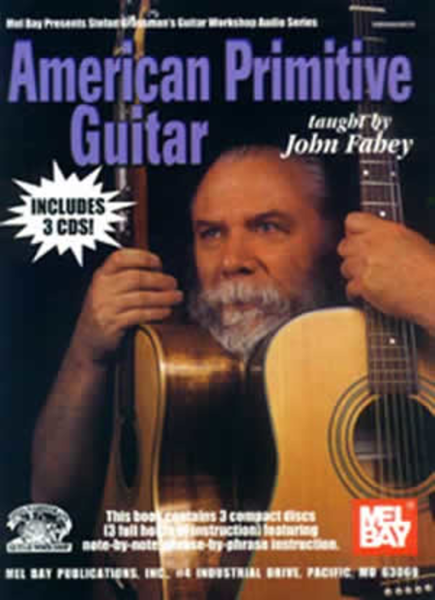
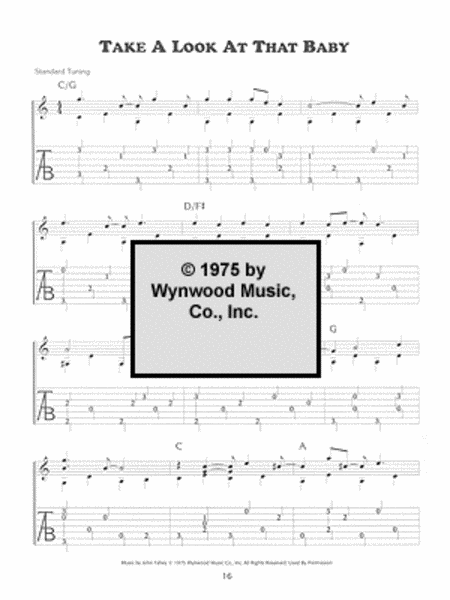
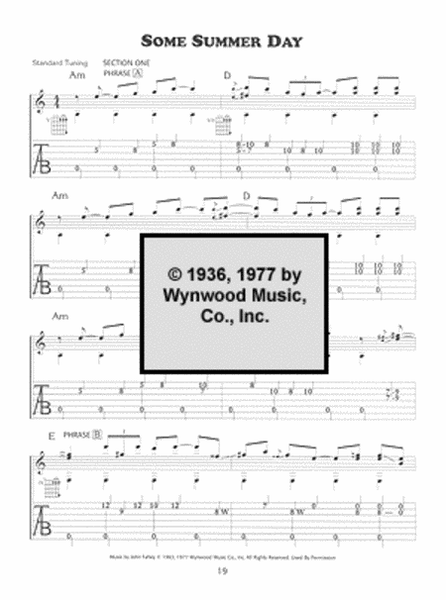
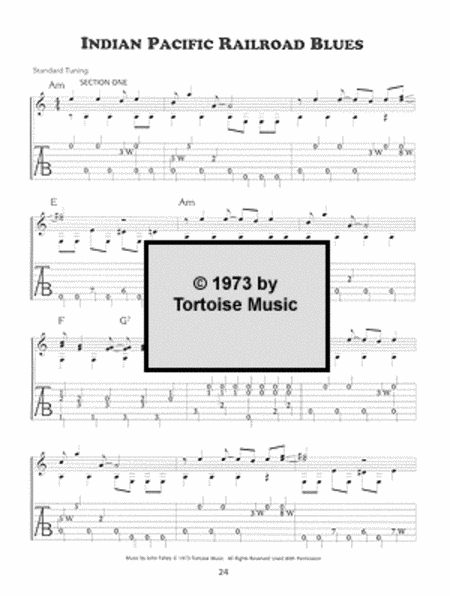
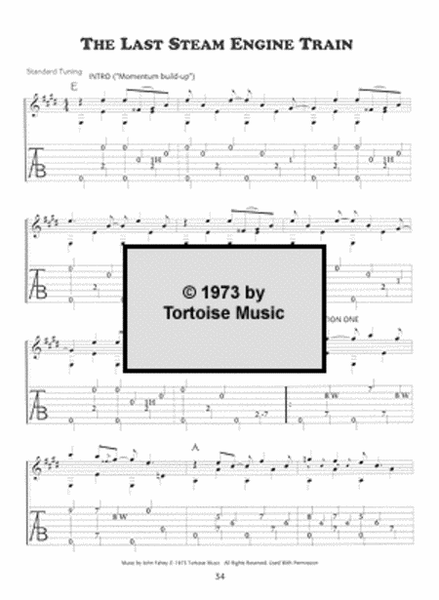
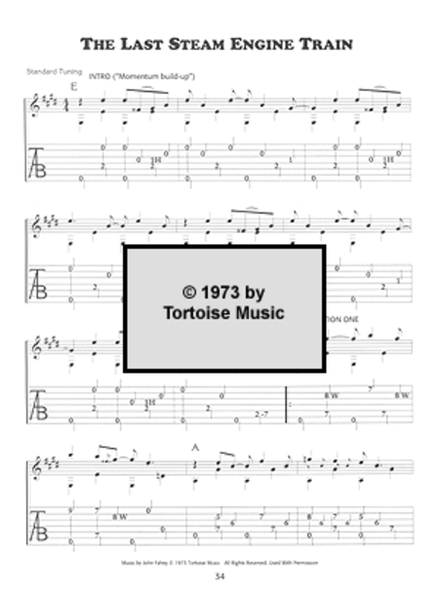
 Share
Share